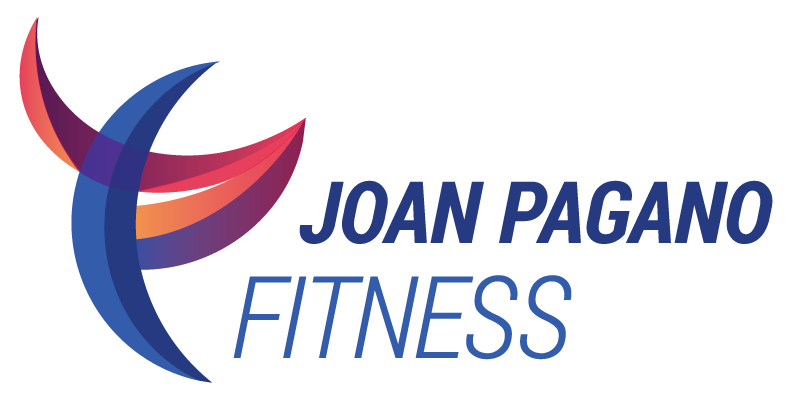May is Osteoporosis Awareness Month: What's Your Bone Health IQ?
 A study conducted by the National Osteoporosis Foundation revealed that most women over the age of 45 fail to recognize their personal risk for developing osteoporosis, the disease of "porous bones." Even though the majority of women have at least two risk factors for the disease by this age, they do not perceive themselves to be personally at risk.
A study conducted by the National Osteoporosis Foundation revealed that most women over the age of 45 fail to recognize their personal risk for developing osteoporosis, the disease of "porous bones." Even though the majority of women have at least two risk factors for the disease by this age, they do not perceive themselves to be personally at risk.
In order to bridge the gap between perception and reality, take this True/False quiz to boost your bone health IQ. The answers will appear next week in this blog.
- Primary risk factors for osteoporosis include gender and age.
- Osteoporosis is an inevitable part of the aging process. All women in their 80s have this disease.
- Prolonged low estrogen levels – such as those seen in young women who exercise or diet excessively and in postmenopausal women – may cause irreversible bone loss.
- Sedentary individuals in general have less bone mass than exercising individuals.
- It’s normal to lose height with age, so don't be alarmed if you're shrinking.
- Thin women with small frames are less likely to develop fractures from osteoporosis because their bones are not stressed by excess weight.
- Peak bone mass, which is achieved by age 30, is a significant determinant for risk of fracture over the lifetime.
- You should have a bone density test if you are 50 or older and have broken a bone in a minor injury.
- Calcium and appropriate exercise are both important for bone health. If you are calcium deficient, you can compensate by exercising harder.
- If you are diagnosed with osteoporosis, you should immediately begin doing vigorous exercise, pushing yourself to your point of tolerance.
Tune in next week for the answers!
